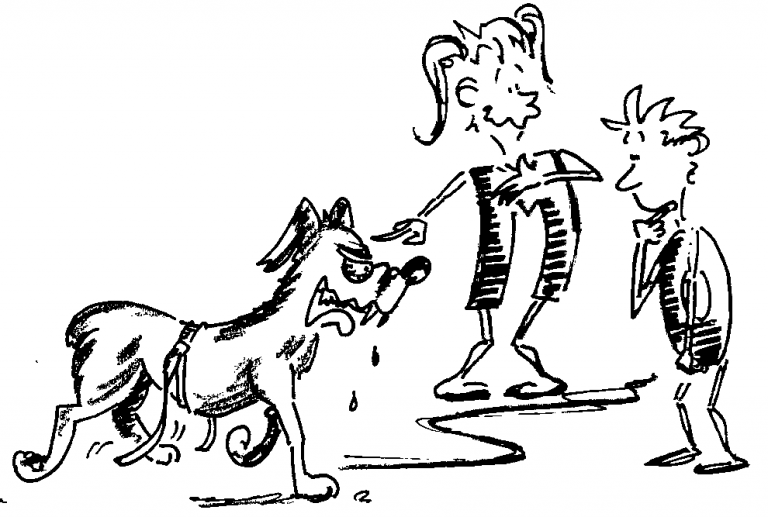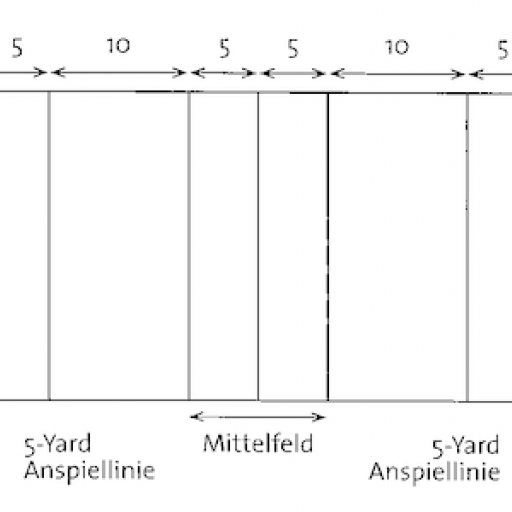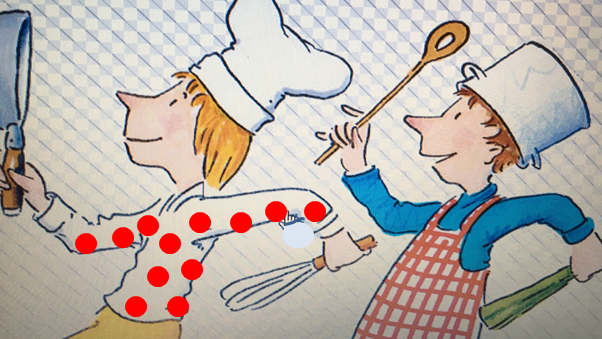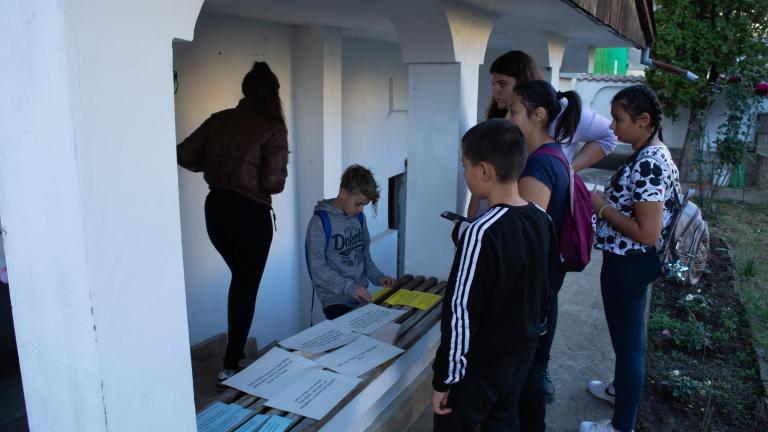Getting to Know Flag Football
Flag football is an ideal prep game for American football that can be played outdoors with a minimum of eight players. Each person has game ribbons ("flags") hanging on either hip.
Dog Catcher
How?Two teams are formed. One team is the "dog catchers", who stand spread out in the confined field. The other team are the "dogs", which are let into the field one after the other. A player (dog) with flags on both sides, runs around in the field until someone from the dog catchers can take a flag from him. Immediately the next dog enters the field until all dogs are caught. The winner is whichever team, as dog catchers, takes the least amount of time to catch the dogs.
Variation: Game Tape Heist: Two teams are formed. Both teams try to capture the flags from the other team on a start signal. The team that runs out of flags is eliminated.
What for? Several people try to capture one of the two flags (ribbon) from one person.
White and black
How? Two teams face each other in pairs two meters apart. One person tosses a two-colored coin into the center of the field and calls out the corresponding color. If the white area is up, the team "White" must run away and cross the rescue line (about 15m from the center line) as quickly as possible. The other team "Black" tries to take a flag at the opponents before they cross the rescue line. If the Black is on top at the coin, they sprint in the other direction. If both flags are brought to the finish line, this results in a point. If a flag can be captured, the catcher and runner each get one point. Afterwards the starting position is set up again. Which team has the most points at the end?
What for? Reactivity combined with flag-robbery.
Spike rod running
How? Two lines are drawn on a meadow with sawdust, 1.5 m apart and about 20 m long. Formation of two teams. The players of one team run one at a time through the marked alley, trying to carry tennis balls from one end A to the other end B without having their flags stolen by the players of the other team who have lined up on either side of the alley. If this does happen, the runner is eliminated. The game is played for time (e.g. three minutes) or until all runners are eliminated. The number of tennis balls transported is then counted.
What for?Taking a flag away from people running past, so that they are eliminated.
To steal a ham
How? The same number of people face each other 20 meters apart. The groups are numbered consecutively and each places number 1 on the left side. In the middle is the ham (flag). The game leader now calls out a number. The called players of each team run to the ham (flag) and try to bring the flag to their own line without the other person being able to steal a flag from the person carrying the flag. One point is awarded if the flag can be brought across the line or for a successful flag robbery.
What for? To practice tactical measures when to take the object or a flag (from the opponent)
Playing Flag Football the Right Way
As with all sports, small team games should be played first before the big final form. This gives all participants the opportunity to try out all positions. In addition, the technique of flag grabbing can also be better practiced.
Small team game: 43 against 4
HowThe team consists of four playmakers, playmaker, face-off man and two wingers. An offense is stopped when either of the ball-carrying player's flags can be ripped off or when the football falls to the ground. The flags may not be covered by the ball-carrying player. The game is played without physical contact. Defensive team formation (not in possession of the ball): Only when the defensive players are five yards or more from the line of scrimmage may they tackle the playmaker (take the flag). Offensive team formation (in possession): The face-off man is in the middle of the face-off line. The two wing players are to the left and right of the face-off man at the face-off line. The attack is opened and the ball is thrown through the straddled legs backwards to the playmaker. The offensive team has three attempts from its own five-yard line to move the ball to the next area of midfield and another three attempts to score from midfield. If this is unsuccessful, the opposing team receives the ball and starts from their own five-yard line. The playmaker may not run with the ball across the line of scrimmage. Six points are scored if the ball is carried into the end zone or the ball is caught there. What for To learn simple plays of flag football in small groups.
Big team game
HowTwo teams (seven to eleven people per team) play on a field with end zones ten yards deep. The intermediate field is also divided into ten-meter zones. The object of the game is to gain or prevent space. Reaching the end zone (touchdown) results in six points.
Important Points: Space gain is to be achieved by running with the ball and passing (backward only once, forward only once or ball handoffs). Supporting moves may include clear blocking the ball carrier or thrower. Before each try, the attacking team agrees on a play in approximately 30 seconds. The attacking team opens in the middle of the line of scrimmage by passing or throwing the ball through the legs to the playmaker at the back. The playmaker can carry the ball forward himself or pass it to a teammate. A play is completed when: (A) A defensive player snatches either flag from the player carrying the ball. (B) When the ball touches the ground. (C) The ball carrier falls to the ground.(D) The referee blows the whistle, or (E) A touchdown is scored.
If the attacking player cannot catch the ball, play continues at the spot where the catch was attempted. If a defender catches the ball, the defender opens the offense for his team without stopping play. The team in possession of the ball has four attempts to move ten metres with the ball. If they do, they get four more tries; if they don't, the ball (with the current line of scrimmage) goes to the opposing team. After a touchdown, the successful team kicks from its end zone towards the opponents, who go for the first try. Fouls are penalized with loss of space or gain of space(5 to 15 yards)
What for? To be able to try out tactical options in a larger team.
Source reference:
Content: Patrik Lehner, sports teacher, Y+S subject teacher "camp sports/trekking" and lecturer at the Inst. for Sport of the University of Basel "mobile" BASPO, Magglingen
copyright: www.mobile-sport.ch
Drawings: Leo Kühne
- Efetue login ou registre-se para postar comentários
O conteúdo pode ser traduzido automaticamente. Ajude a melhorar a qualidade da tradução com sua edição!




